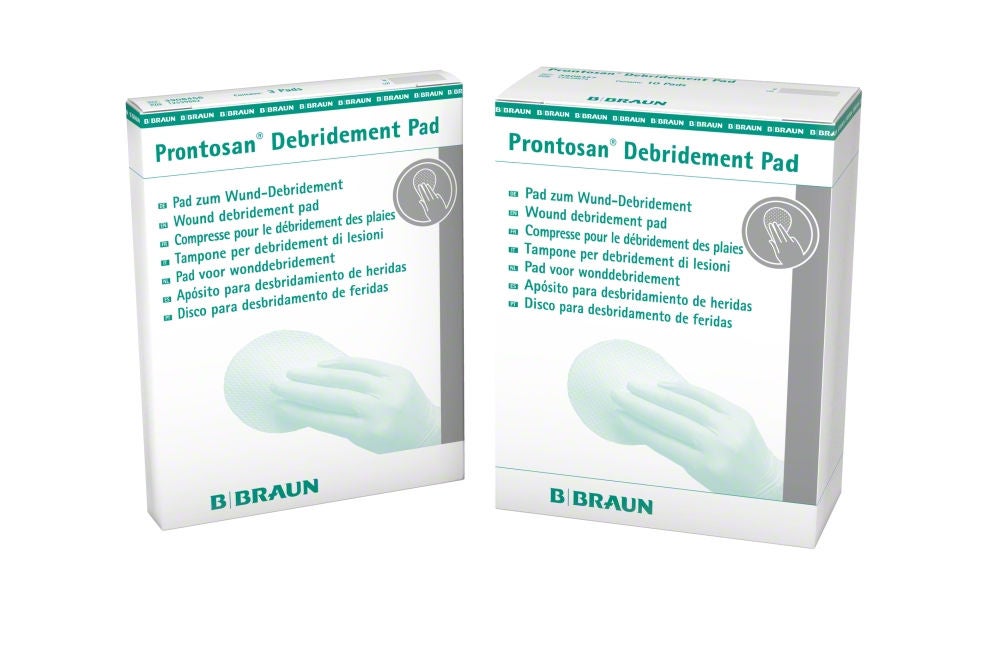You have successfully logged out.
Not registered yet?
Wound Hygiene Stage 3
Refashion the wound edges
Refashioning the edges to remove devitalised tissue (and thus biofilm) will promote healing.
Medical Professional
This information is meant for medical professionals only. Please confirm that you are a medical professional before accessing the information.
Confirm Yes, I am a health care professional. Cancel No, I am not a health care professional.In all full-thickness wounds, the primary cells that facilitate epithelialisation are located at the wound edges and hair follicles. Biofilm is most active at the wound edges, where it promotes cell senescence, thereby preventing the ingrowth of new, healthy tissue. Refashioning the wound edge is therefore an important component of wound hygiene.
Refashioning goes one step further than decontaminating the wound edges and removing devitalised tissue, as it uses debridement in the form of sharp debridement or soft debridement pads or gauze to agitate the wound edges to the extent that pinpoint bleeding occurs, where local practice, patient tolerance and consent allow it.
Stay connected with My B. Braun
With your personalized account, your online experience will be easier, more comfortable and safe.
